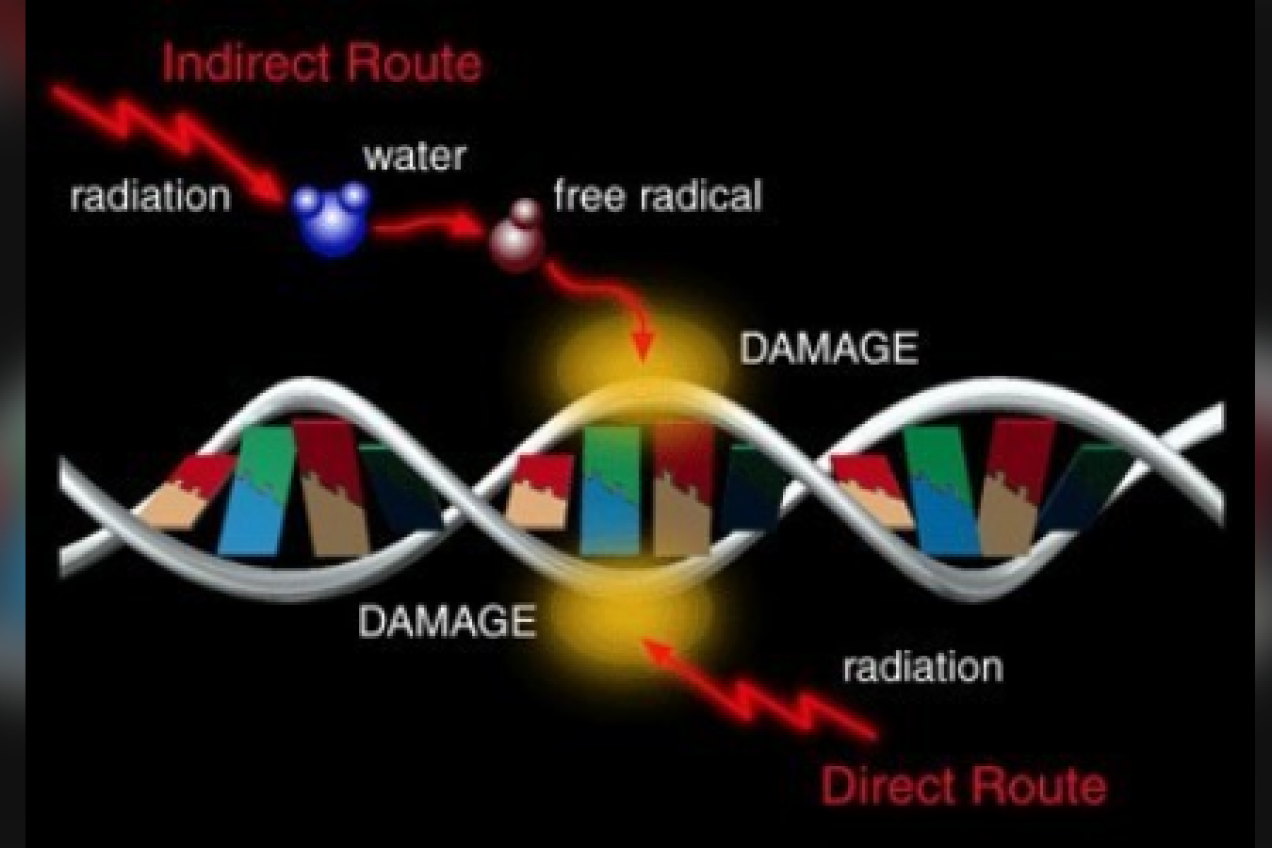9th EURADOS Webinar: Correlating micro and nanodosimetry with initial biological damage
All information
Online event
Starting time: 14:00 CET
Overview
Micro- and nanodosimetry are two complementary approaches to dosimetry that are interested in the stochastic character of the energy deposition initiated by ionizing radiation in cells to study the effects of exposures on their fate. Indeed, different radiation qualities give rise to different patterns of energy deposition at these scales (cell and molecular scales) which will have a direct link with the first biological damage produced; evolving in different short- and long-term effects. The objective is therefore twofold: to better understand the mechanism of appearance and evolution of these damages and to find measurable dosimetric quantities of micro- and nanodosimetric properties of radiation in order to better predict the risk incurred following any exposure including particularly complex fields or low dose exposures. In this webinar, after a short introduction to this subject by Dr. Carmen Villagrasa, leader of the EURADOS WG6 task 2 (micro and nanodosimetry), three presentations from active members of the task will give an overview of recent advances in this field:
The first presentation of Dr. Hans Rabus will be related to the relation between experimental nanodosimetry and radiobiological effects. Indeed, nanodosimetry characterizes charged particle track structure in terms of the frequency distribution of ionization clusters produced in nanometric targets. Results obtained with several devices capable of measuring such properties of the ionization component of track structure have been shown to be linked to radiobiological effectiveness of different radiation qualities.
Second presentation, from Dr. Yann Perrot will deal with mechanistic simulation of early radiation-induced DNA damage using Monte Carlo track structure codes: example of the Geant4-DNA tool. Modelling the biological impact of the effect of ionizing radiation is of crucial importance for radiobiology. Track Structure Monte Carlo (TSMC) are essential simulation tools to investigate early DNA damage. An example of this is the Geant4-DNA project that proposes to extend the open-source simulation tools of the generalist MC code Geant4 to the realization of this type of calculations.
In the last presentation, Dr. Giorgio Baiocco will talk about a micro- and nanodosimetry-based computational approach to characterize the effectiveness of a mixed radiation field. Radiation-biological effectiveness can be ultimately traced back to the stochastic pattern of energy depositions at the micro- (and nano-)meter level. The results of computational tools able to describe radiation interactions at different spatial scales (from transport in a macroscopic target to single events in the track) can be integrated with different approaches, to obtain information on the expected biological outcome of the exposure to any mixed radiation field.
Programme
- Introduction (Carmen Villagrasa)
- Relation between experimental nanodosimetry and radiobiological effects (Hans Rabus)
- Mechanistic simulation of early radiation-induced DNA damage using Monte Carlo track structure codes: example of the Geant4-DNA tool (Yann Perrot)
- A micro- and nanodosimetry-based computational approach to characterize the effectiveness of a mixed radiation field (Giorgio Baiocco)
Organisation
EURADOS Working Group 6 "Computational dosimetry"
